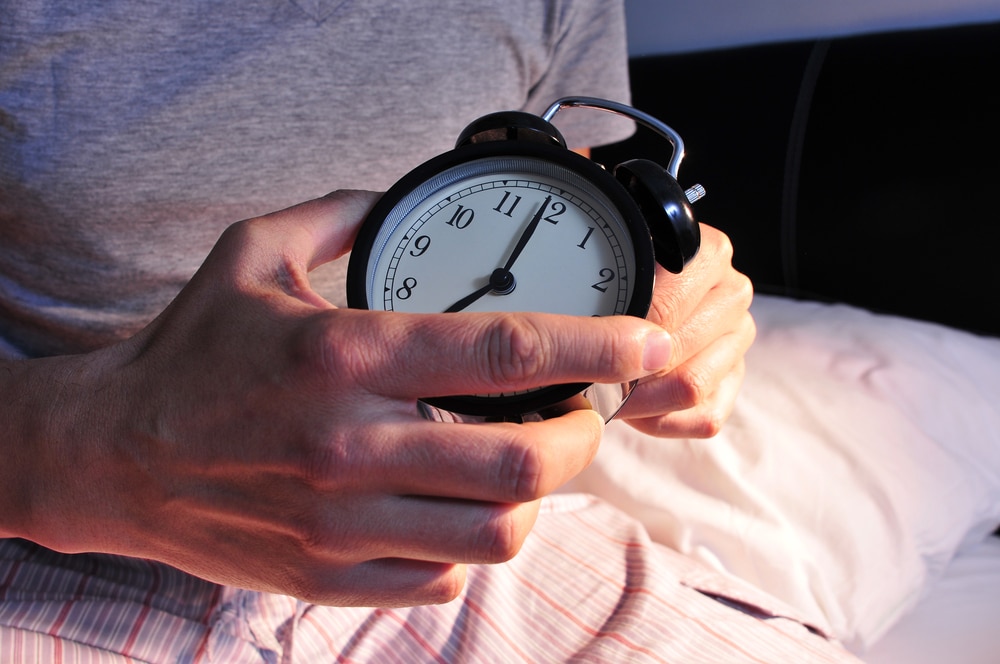Do you struggle with waking up early, hitting snooze endlessly, and dragging yourself out of bed? You’re not alone. Many people dream of how to become a morning person but find it nearly impossible. The good news is, there’s one simple adjustment that can change everything: gradually adjusting your bedtime.
In this article, we’ll dive into how this small but powerful hack works and why it’s more effective than you’d think for becoming a true morning person.
The Benefits of Becoming a Morning Person
You might be wondering, why go through the effort to become a morning person? For many, the appeal lies in having quiet, uninterrupted time in the morning. Studies show that early risers tend to be more proactive, less stressed, and often accomplish more during the day. Starting your day early gives you a head start, allowing you to check off tasks before the hustle and bustle begins.
Beyond productivity, early mornings can also enhance your mental and physical health. People who wake up earlier are often linked to better sleep quality, more consistent exercise routines, and even healthier eating habits. By going to bed and rising at consistent times, your body adapts to a steady rhythm, which is crucial for overall well-being. The peacefulness of the morning can also provide an ideal time for activities that boost your mood and focus, like meditation, journaling, or reading.
Additionally, becoming a morning person can improve your relationships. With a calm morning routine, you’re less likely to be rushed, which means you can start the day with a positive attitude. This positive energy can carry into your interactions throughout the day, from family and friends to colleagues. So, if you’re looking for a way to live more intentionally and productively, becoming a morning person could be the key.

The Power of Gradually Adjusting Your Bedtime
So, how exactly do you become a morning person if you’re used to late nights? The key is gradual adjustment. Suddenly forcing yourself to wake up two hours earlier might sound effective, but it’s a recipe for burnout. Instead, the trick lies in shifting your bedtime and wake-up time by small, manageable increments.
Start by adjusting your bedtime by just 15 minutes earlier for a few days. This may sound minimal, but it allows your body to adjust slowly without feeling deprived of sleep. Once you’re comfortable, add another 15 minutes, gradually working your way to your desired wake-up time. This process typically takes a few weeks, but the results are long-lasting and sustainable.
Alongside adjusting your bedtime, consider winding down with a calming pre-sleep routine to signal your body it’s time to rest. Dim the lights, put away screens, and engage in relaxing activities like reading or gentle stretching. Avoid caffeine or heavy meals late in the evening, as these can disrupt your ability to fall asleep. By preparing your body for rest, you’ll find it easier to wake up refreshed and ready to start your day.
This gradual approach not only makes you become a morning person more achievable but also helps prevent the grogginess and resistance you’d feel with a sudden change. Over time, your body’s internal clock will naturally shift, making early mornings feel more natural.

Morning Routine Ideas to Kickstart Your Day
Once you’ve adjusted your bedtime and wake-up time, the next step is to create a morning routine you actually look forward to. When you’re excited about how your morning will unfold, it’s easier to embrace the early hours with enthusiasm. Here are a few ideas to help you build a morning routine that suits your lifestyle and goals.
First, try incorporating a few minutes of movement to energize yourself. This could be as simple as a stretching session, a quick yoga flow, or a walk around the block. Physical activity, even in small doses, boosts endorphins and helps shake off any lingering sleepiness.
Next, consider setting aside time for a mindfulness practice. Many morning people find that meditation or journaling helps them start the day with a clear mind. You can also use this time to plan out your goals for the day, prioritizing what’s most important and setting intentions to keep you focused and grounded.
Lastly, don’t skip breakfast! A balanced breakfast fuels your body and sets a positive tone for the day. Choose nutrient-dense options like oatmeal with fruit, eggs, or a smoothie to keep you energized until lunch. By giving yourself this nourishing start, you’ll be less likely to feel sluggish or reach for sugary snacks as the day goes on.

If you’re still hesitant about making the shift to an earlier routine, remember that it’s all about finding what works best for you. Becoming a morning person doesn’t mean sacrificing your unique needs or preferences. In fact, starting small and making gradual changes can help you ease into the new routine in a way that feels natural and sustainable.
Try setting realistic goals for your mornings, like dedicating just 10-15 minutes to something productive or enjoyable, whether it’s reading, stretching, or planning your day.
As you start to see the benefits, you’ll likely find yourself more motivated to continue. The key is consistency and a mindset shift: view mornings not as a dreaded task, but as an opportunity to invest in yourself.
By embracing this time, you’re setting yourself up for a day filled with positive energy, clarity, and purpose. It may take time to adjust, but each small step brings you closer to becoming a true morning person. And remember, the journey is just as important as the destination!
Remember, there’s no one-size-fits-all morning routine. The goal is to create habits that make you feel happy, motivated, and ready to take on the day. Experiment with different activities and find what resonates with you. Over time, these morning rituals will become second nature, helping you fully embrace the benefits of being a morning person.
For more productivity hacks, tips, and tricks to help you make the most of your day, check out our Productivity category on Happy Lifehacks.











